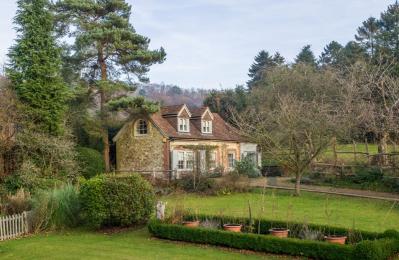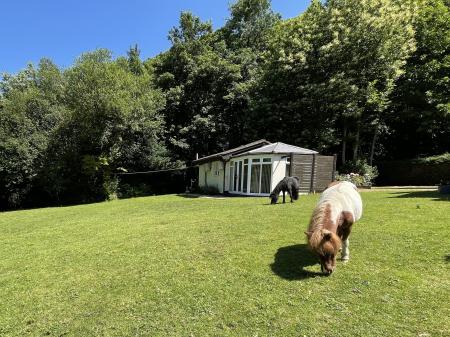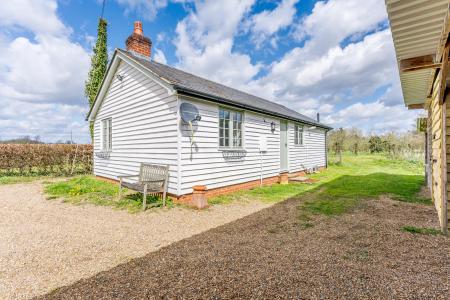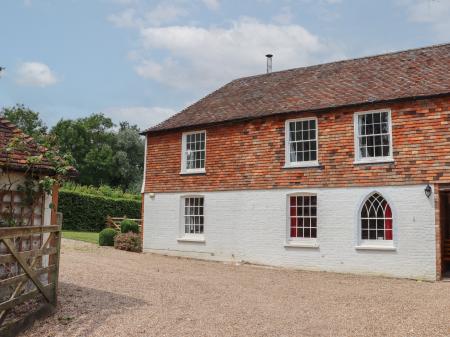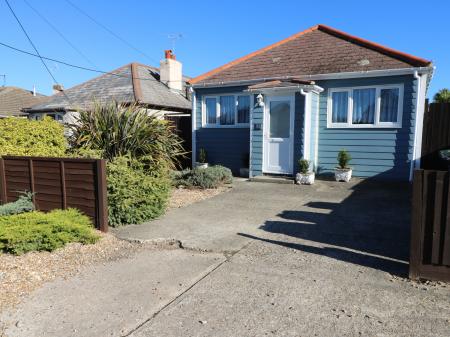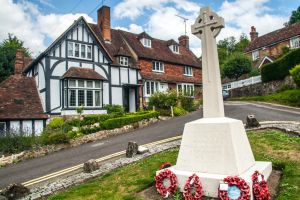
The most intriguing old building in Ightham is the parish church, which is well worth a visit to see its collection of carved Jacobean and medieval funerary effigies. Among these is the beautifully carved stone effigy of Sir Thomas Cawne of Ightham Mote (d. 1374), shown in wonderfully detailed armour costume. Nearby is a grandiose Jacobean monument to Sir William Selby, uncle and nephew.
Also within the church is a memorial to amateur Victorian archaeologist Benjamin Harrison, a native of Ightham, whose investigations did much to advance popular enthusiasm for expanding our knowledge of prehistory.
The church itself is notable for its use of brick; the entire north aisle was built of brick in 1639. Serious students of historic architecture will note that those early bricks are longer than current standard bricks.
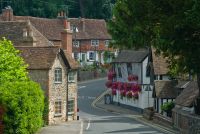
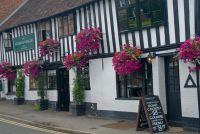
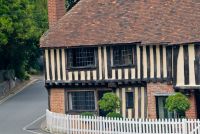
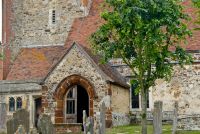
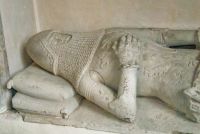
 We've 'tagged' this attraction information to help you find related historic attractions and learn more about major time periods mentioned.
We've 'tagged' this attraction information to help you find related historic attractions and learn more about major time periods mentioned.